The Dry Eye Syndrome Market is characterized by a dynamic competitive landscape, driven by increasing prevalence rates and a growing awareness of eye health. Key players such as Allergan (US), Santen Pharmaceutical (JP), and Novartis (CH) are strategically positioned to leverage innovation and expand their product offerings. Allergan (US) focuses on enhancing its portfolio through research and development, particularly in the area of biologics and advanced therapeutics. Meanwhile, Santen Pharmaceutical (JP) emphasizes regional expansion, particularly in Asia, to tap into emerging markets. Novartis (CH) appears to be concentrating on digital transformation initiatives to improve patient engagement and streamline operations, thereby enhancing its competitive edge. Collectively, these strategies indicate a shift towards a more integrated approach to addressing the complexities of Dry Eye Syndrome, fostering a competitive environment that prioritizes innovation and patient-centric solutions.
In terms of business tactics, companies are increasingly localizing manufacturing and optimizing supply chains to enhance efficiency and reduce costs. The Dry Eye Syndrome Market is moderately fragmented, with several players vying for market share. However, the collective influence of major companies like Johnson & Johnson (US) and Bausch Health (CA) is notable, as they continue to innovate and expand their reach. This competitive structure suggests that while there is room for smaller players, the dominance of established firms is likely to shape market dynamics significantly.
In September 2025, Johnson & Johnson (US) announced a strategic partnership with a leading telehealth provider to enhance access to Dry Eye Syndrome treatments. This collaboration is expected to facilitate remote consultations and improve patient adherence to treatment regimens, thereby potentially increasing market penetration. The strategic importance of this move lies in its alignment with the growing trend of digital health solutions, which could redefine patient engagement in the management of Dry Eye Syndrome.
In August 2025, Bausch Health (CA) launched a new line of preservative-free eye drops specifically designed for patients with moderate to severe Dry Eye Syndrome. This product introduction not only expands their existing portfolio but also addresses a significant unmet need in the market. The strategic importance of this launch is underscored by the increasing demand for preservative-free options, which are perceived as safer and more effective by patients, thus enhancing Bausch Health's competitive positioning.
In July 2025, Santen Pharmaceutical (JP) acquired a small biotech firm specializing in ocular drug delivery systems. This acquisition is likely to bolster Santen's capabilities in developing innovative therapies for Dry Eye Syndrome, indicating a strategic focus on enhancing product efficacy and patient outcomes. The importance of this move lies in its potential to accelerate the development of next-generation treatments, thereby reinforcing Santen's market presence.
As of October 2025, current competitive trends in the Dry Eye Syndrome Market are increasingly defined by digitalization, sustainability, and the integration of artificial intelligence in treatment protocols. Strategic alliances are becoming more prevalent, as companies recognize the value of collaboration in driving innovation and improving patient outcomes. Looking ahead, competitive differentiation is expected to evolve, with a notable shift from price-based competition towards a focus on technological advancements, innovative treatment options, and reliable supply chains. This transition may ultimately reshape the market landscape, fostering a more sustainable and patient-centric approach to managing Dry Eye Syndrome.
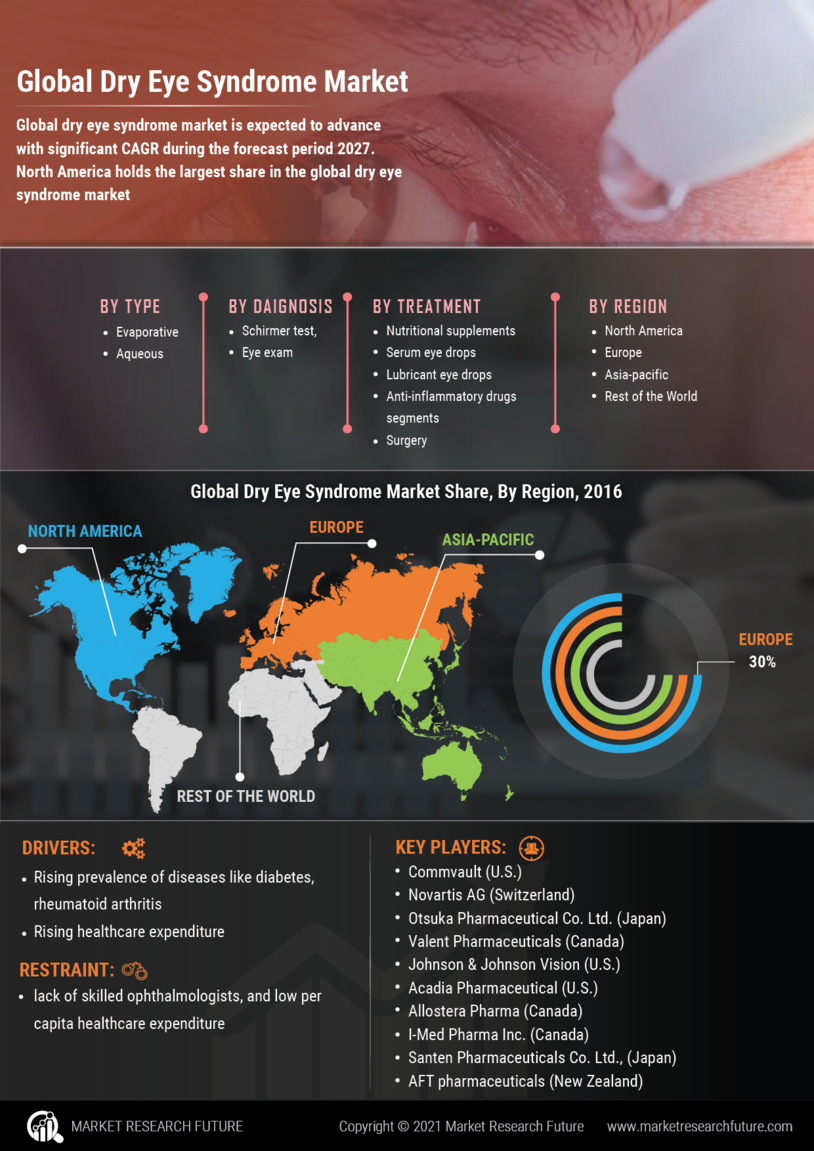

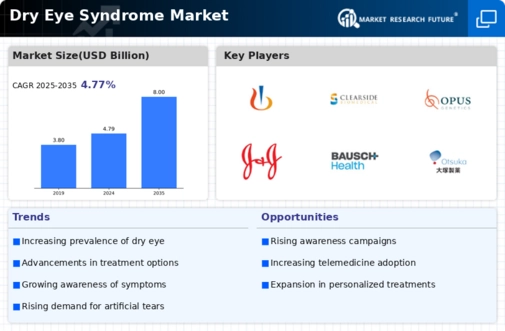
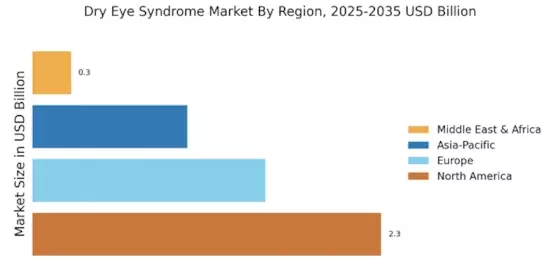
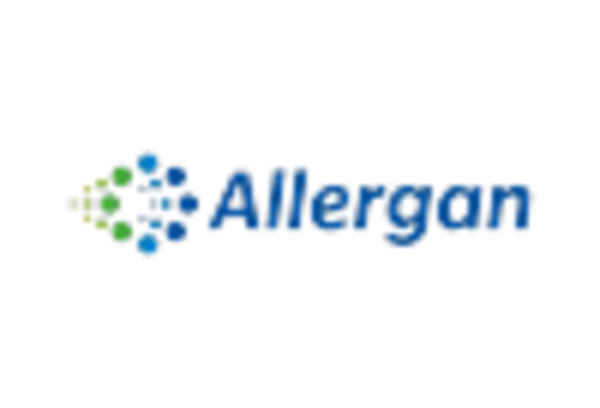
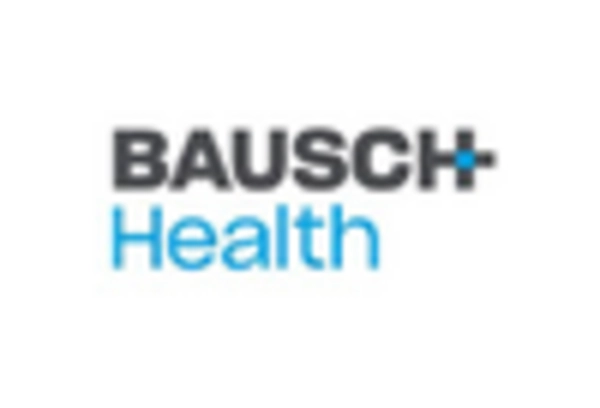


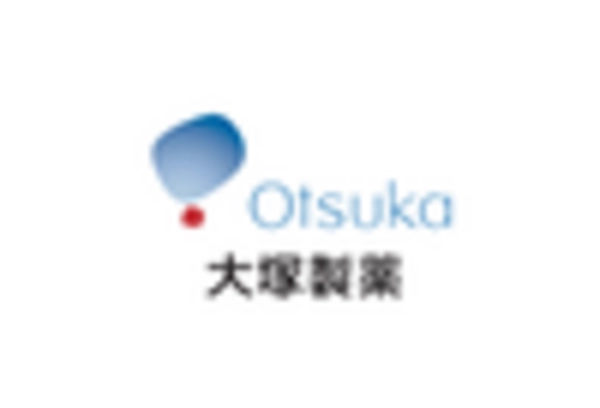









Leave a Comment